Embark on a comprehensive exploration of panel mount technology with our all-encompassing guide. Whether you’re a seasoned engineer or a newcomer to panel-based system design, this resource covers everything you need to know about panel mount components and their integration. Dive into the diverse world of panel mount devices, including switches, indicators, displays, and specialized accessories. Gain insights on selecting the right panel mount solutions to enhance the functionality, aesthetics, and accessibility of your equipment. Unlock the full potential of your panel-based systems by mastering the art of panel mount integration. This guide equips you with the knowledge to elevate your projects.
Panel mount or flat panel mount refers to the process of attaching a component or device directly to a flat panel or surface, such as a control panel, equipment enclosure, or cabinet. This mounting method secures the item in a fixed position, often for the purpose of integration into a larger system or enclosure.
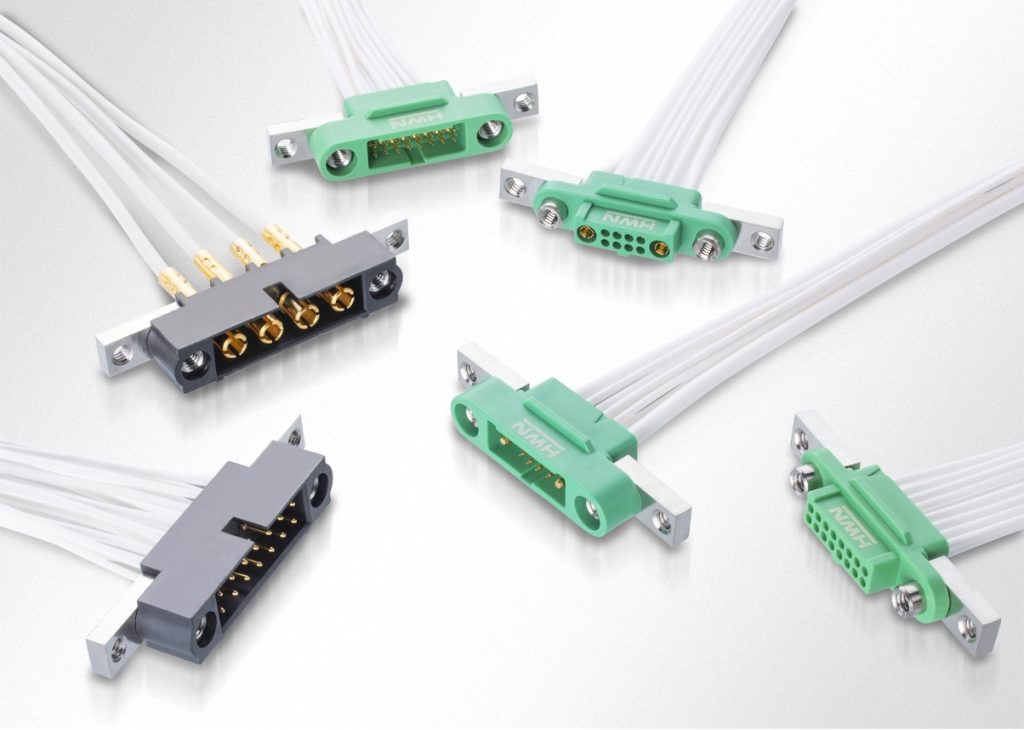
The key characteristics of a panel mount include:
The component is attached to a flat panel, typically made of materials like metal, plastic, or composite; such as a control panel, equipment housing, or cabinet.
This provides a stable and secure base for the mounted item.
Many flat panel mount components follow standardized sizing and mounting patterns, such as:
These standardized designs facilitate compatibility, interchangeability, and ease of installation across different panel-based systems.
Flat panel mounting positions the component in a readily accessible location, making it easy for users to interact with, monitor, or maintain the item.
The flat panel mounting ensures the component is clearly visible and integrated into the overall system or enclosure.
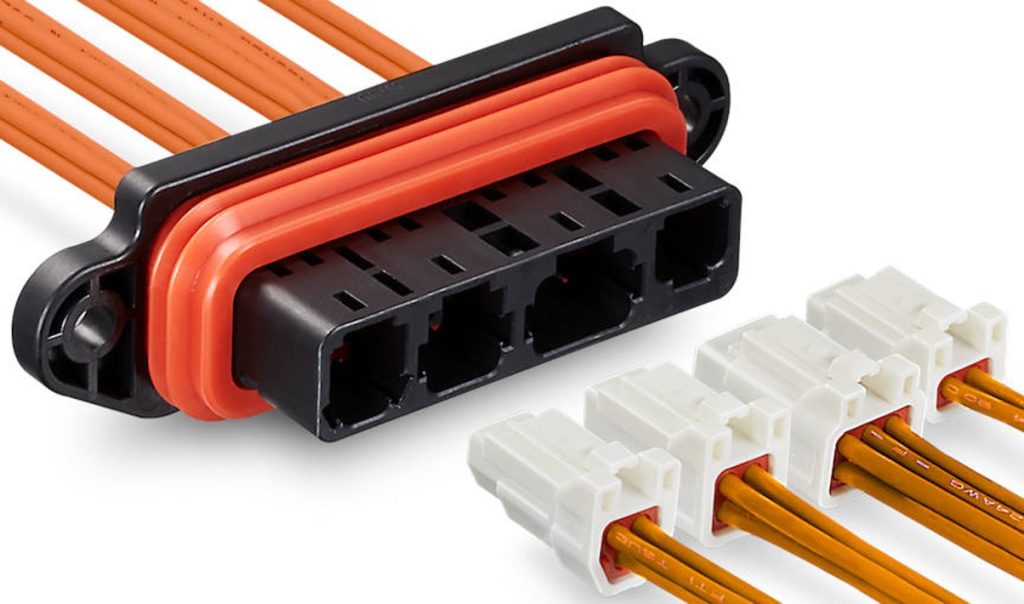
Flat panel mounts can be secured to the mounting surface using a variety of attachment methods, including:
Screws or Bolts:
Snap-in or Clip-on Mounts:
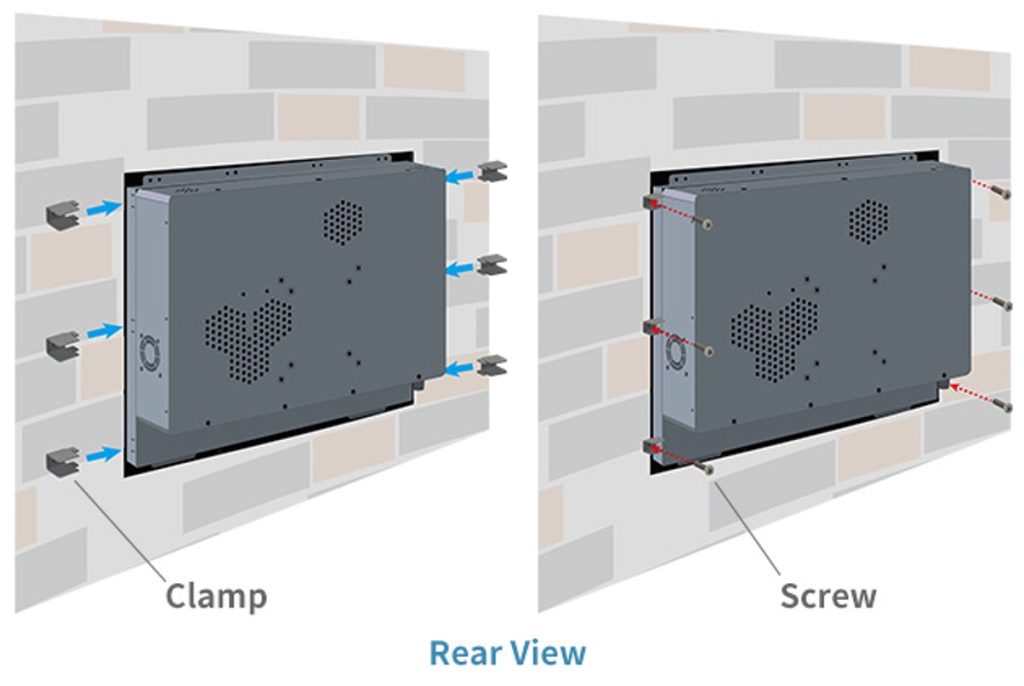
Adhesives:
Clamping Mechanisms:
Panel mounting allows components to be neatly and systematically integrated into larger systems, machinery, or enclosures.
This results in a clean, professional appearance and streamlined organization of the mounted elements.
Panel mounts are commonly used in a wide range of applications, including industrial automation, electronics, medical equipment, and consumer products, where the secure and organized integration of components into a panel-based system is desired.
When it comes to panel mount options, there are several different types and configurations to consider. Here are some of the common connector panel mount options:
These are round connectors that mount directly into a circular cutout in the panel.
Examples include XLR connectors, DIN connectors, and various circular industrial connectors.
They often feature a threaded or bayonet-style mounting mechanism.
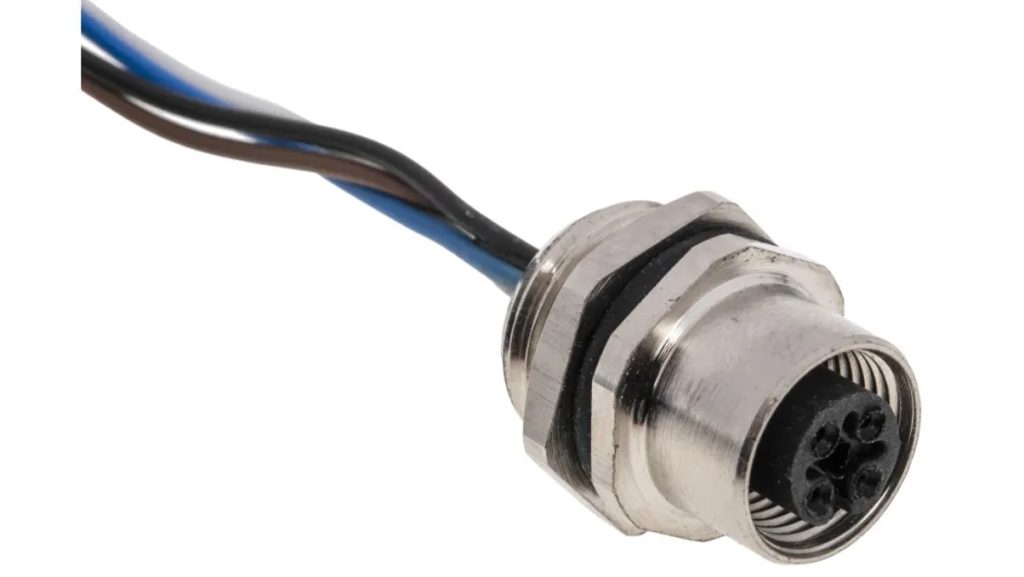
These are rectangular or square connectors that mount into a corresponding cutout in the panel.
Examples include D-sub connectors, HDMI connectors, and USB connectors.
They typically utilize a flange or mounting ears to secure the connector to the panel.
These connector panel mounts have a threaded body that screws directly into a threaded hole in the panel.
Examples include BNC connectors, N-type connectors, and TNC connectors.
The threaded mounting provides a secure and reliable attachment.
These connectors feature a snap-in or push-pull locking mechanism to secure them to the panel.
Examples include RJ45 (Ethernet) connectors and RJ11 (phone) connectors.
The tool-less installation and removal make them convenient for quick connections.
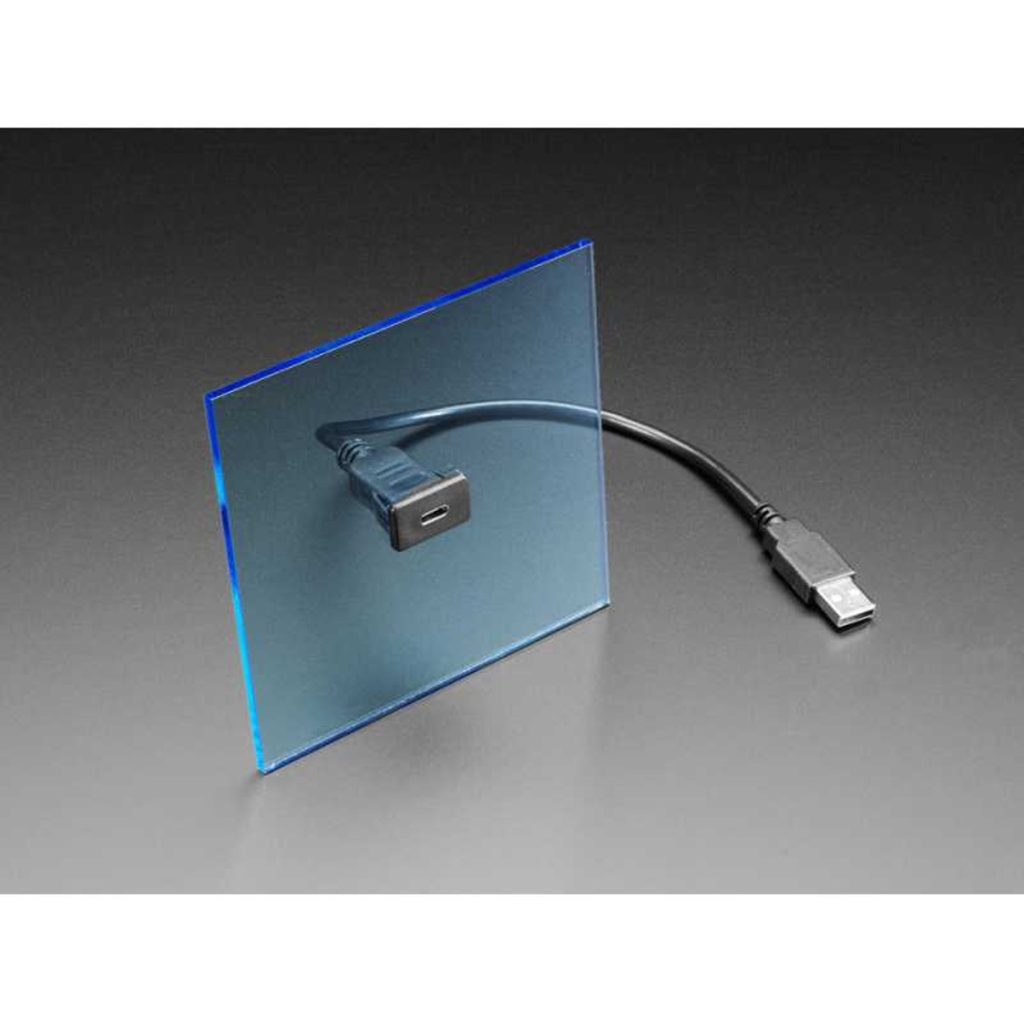
Some connector panel mounts are designed to be mounted on a DIN rail, which is a standardized metal rail used for mounting industrial control equipment.
This allows for modular and easily configurable panel-based systems.
Specialized or custom-designed connector panel mount solutions may be available for specific applications or equipment.
These can include unique cutout shapes, mounting patterns, or attachment methods to meet specific requirements.
When selecting connector panel mount options, factors to consider include the connector type, panel material, mounting method, environmental requirements, and compatibility with existing panel-based systems. Standardized panel mount connector designs often provide the best integration and flexibility for panel-based applications.
Panel mount LEDs refer to light-emitting diodes (LEDs) that are designed to be installed directly into a panel, enclosure, or equipment chassis. These panel mount LED solutions provide a straightforward way to integrate indicator lights, status displays, or illumination features into a larger system.
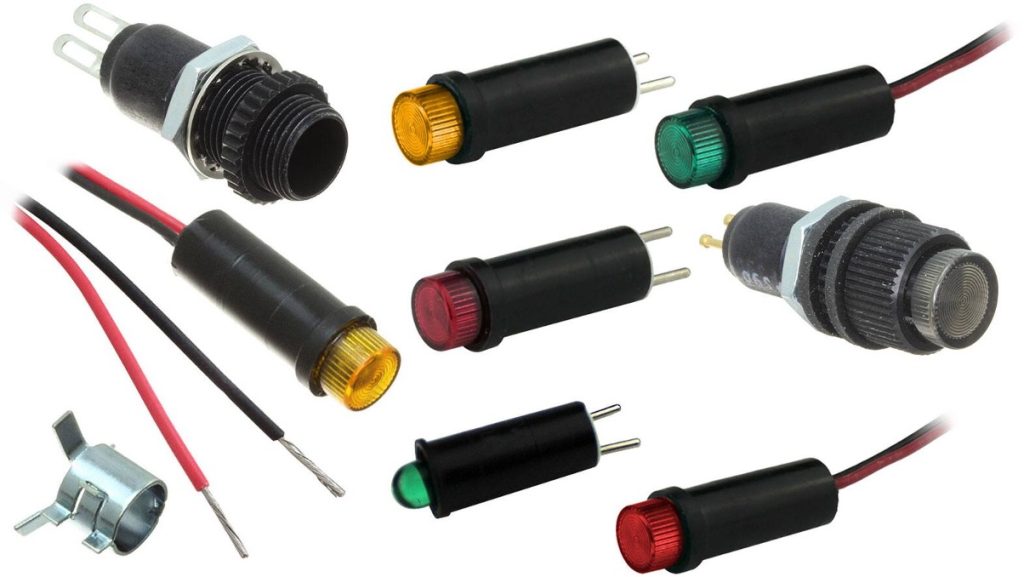
If you are looking to install Mount Leds Panel, read through their pros and disadvantages immediately:
Visibility and Accessibility
Panel mount LEDs are positioned in a prominent, easily accessible location on the panel, making them highly visible to users and operators.
This improves the ability to quickly assess system status, identify issues, or locate specific indicators.
Modular and Scalable Design
Panel mount LEDs can be added, removed, or rearranged as needed, allowing for a modular and scalable panel-based system design.
This flexibility enables easy reconfiguration and adaptation to changing requirements.
Environmental Protection
Many panel mount LED solutions incorporate sealing features, such as gaskets or O-rings, to provide protection against environmental factors like dust, moisture, and corrosion.
This enhances the reliability and longevity of the LED indicators in various operating conditions.
Standardized Integration
Panel mount LEDs often utilize standardized mounting mechanisms and panel cutout dimensions, making them compatible with existing panel-based systems.
This facilitates easy integration and replacement of LED indicators without the need for extensive panel modifications.
Improved Aesthetics
The design of panel mount LEDs, including factors like the bezel, lens, and color options, can contribute to the overall aesthetic appeal of the panel-based system.
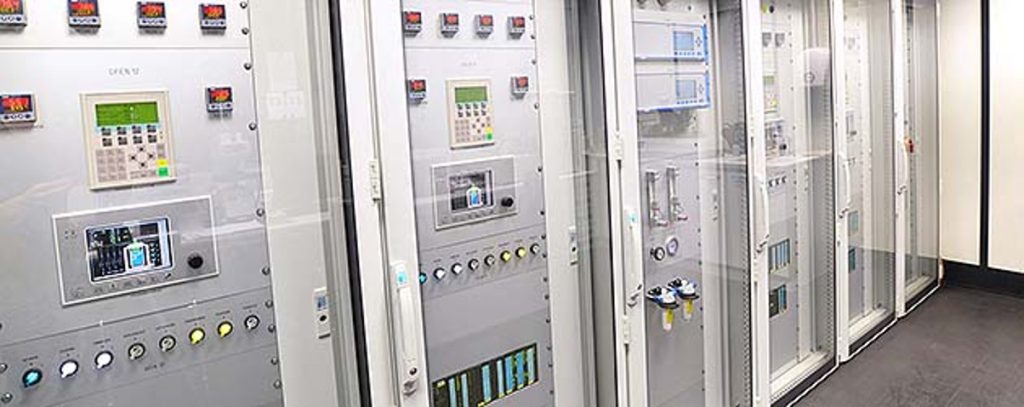
This can enhance the visual appeal and professional appearance of the equipment or control interface.
Limited Customization
While panel mount LEDs offer some design flexibility, the available options may be limited compared to custom or bespoke LED solutions.
This can constrain the ability to fully integrate unique or specialized LED indicators into the panel design.
Potential for Interference
Depending on the panel mount LED’s electrical design and the surrounding environment, there is a risk of electromagnetic interference (EMI) or radio frequency interference (RFI) that could impact the performance of nearby electronic components.
Additional Panel Cutouts
Incorporating panel mount LEDs requires creating dedicated cutouts or openings in the panel, which can add complexity to the panel design and manufacturing process.
This may increase the overall cost and lead time for panel fabrication.
Limited Lighting Patterns or Effects
While panel mount LEDs can provide basic illumination or status indication, they may have limited capabilities for more advanced lighting patterns, effects, or animations compared to dedicated LED displays or lighting solutions.
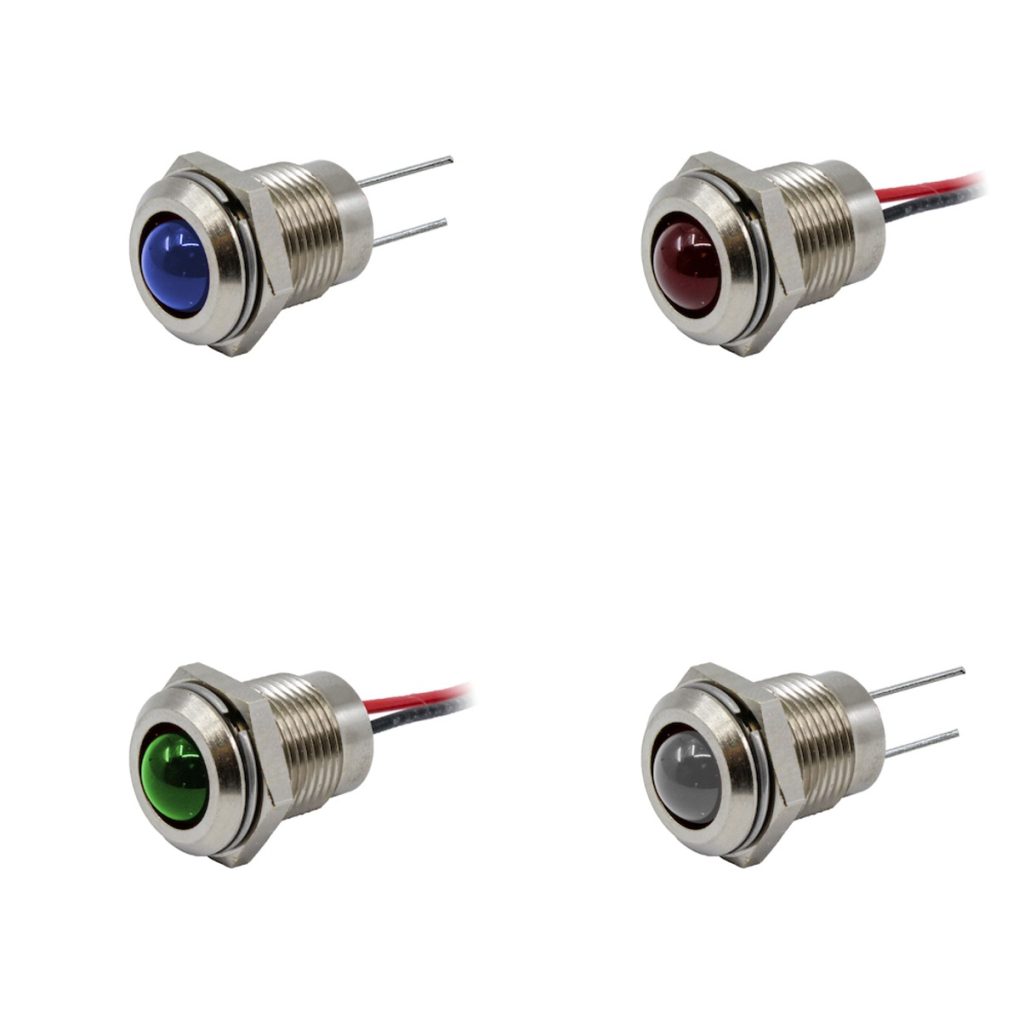
Potential for Accessibility Issues
Depending on the panel’s location and orientation, the panel mount LEDs may not be easily accessible for maintenance, replacement, or troubleshooting purposes.
When evaluating the adoption of panel mount LEDs, it is important to carefully consider the specific requirements of the application, the available panel mount LED options, and the overall system design to balance the advantages and mitigate the potential drawbacks. Engaging with experienced panel design and integration professionals can help identify the optimal solutions for your panel-based system.
As you reach the end of this comprehensive guide on panel mount, you now possess a wealth of knowledge to elevate your panel-based designs and equipment. From understanding the diverse range of panel mount components to mastering the best practices for seamless integration, you are armed with the insights to unlock the full potential of these versatile solutions. Remember, the strategic implementation of panel mount devices can dramatically improve the functionality, aesthetics, and user experience of your panel-based systems. Leverage this expertise to stay ahead of the curve, differentiate your offerings, and deliver exceptional results for your customers. Embrace the power of panel mount technology and let it transform your projects.
EXPLORE MORE
Address
Website: https://stavianmetal.com
Email: info@stavianmetal.com
